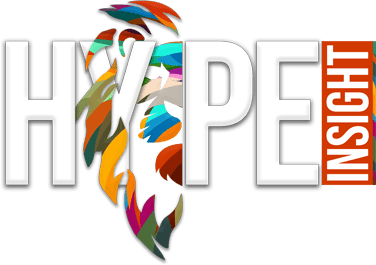State Farm made a bold move this year: it skipped the Super Bowl. No high-profile celebrity endorsements, no multimillion-dollar ad spot, no viral stunt designed to set social media ablaze. Instead, the company focused on something decidedly less glamorous—helping communities devastated by California wildfires that claimed dozens of lives.
On paper, this seems like a noble decision. A company stepping up in a moment of crisis rather than shelling out for a fleeting 30-second commercial? Sounds good. But it’s not that simple.
State Farm’s decision also arrives against the backdrop of a contentious issue: the company recently stopped renewing insurance policies for thousands of homeowners in wildfire-prone areas of California. So while it’s prioritizing disaster relief now, it’s hard to ignore the tension between corporate responsibility and financial risk management.
That leaves an important question: What does this move actually mean for the brand? And what lessons can marketers and business leaders take away from this high-stakes moment?
Let’s unpack it.
Showing up when it matters most
State Farm serves more than 8 million customers in California. When wildfires rip through neighborhoods, that’s not just a PR crisis—it’s a call to action. By sitting out the Super Bowl, a stage that commands over 100 million viewers, the company is making a statement: helping people recover matters more than brand visibility.
But intent and impact don’t always align. The same Californians who lost homes in these fires are also the ones facing policy cancellations. That creates a credibility gap. It’s a reminder to brands that actions alone aren’t enough—they need to be perceived as authentic by the people affected.
Consumers don’t just want corporate goodwill during a crisis; they want consistency. The real test isn’t a single moment of generosity—it’s a track record of standing by customers when the cameras aren’t rolling.
Why retreating isn’t always the answer
The Super Bowl isn’t just another ad slot; it’s a cultural moment. For decades, brands have used it to make a statement, reinforce their identity, or spark conversation. For State Farm, this could have been a golden opportunity to double down on its “Like a good neighbor” promise and redefine what that actually looks like in action.
Imagine an ad that doesn’t just talk about recovery—it shows it. Disaster response teams working tirelessly, families returning home, and communities rebuilding together. That’s storytelling that restores confidence, not just sales policies.
By skipping the Super Bowl, State Farm lost control of its own narrative. Instead of shaping the conversation, it risked being defined by headlines and social media discourse. If a company steps away from the biggest marketing stage of the year, it has to find new ways to stay present—through digital storytelling, social engagement, or grassroots outreach.
What brands can learn from this
State Farm’s decision isn’t just about insurance—it’s a playbook moment for any brand navigating crisis communication and purpose-driven marketing. Here’s what business leaders should take away:
- Back up your promises with action
Customers are savvier than ever. They can spot a hollow gesture from a mile away. If you position your brand as one that cares, that commitment needs to show up in your policies, customer service, and everyday operations—not just in your ad campaigns.
- Don’t underestimate the power of storytelling
People don’t connect with corporate statements—they connect with real stories. Show how your brand’s decisions impact actual people. Use transparency and authenticity to build trust, especially during high-stakes moments.
- Marketing and crisis communication go hand-in-hand
You can’t put marketing on pause when things go wrong. Smart brands use their platforms to show accountability and highlight the tangible steps they’re taking to make things right. It’s not just about damage control—it’s about demonstrating leadership and responsibility.
Why this matters more than ever
In an era where consumer trust is increasingly fragile, how companies handle crises defines their legacy. State Farm’s choice to forgo the Super Bowl may be seen as an admirable stand—or as a missed opportunity to reinforce its brand identity in a moment that mattered.
One thing is clear: actions will always speak louder than words, but the way those actions are communicated is just as important. Whether through an ad, a social media post, or direct outreach, brands need to ensure their audience sees, understands, and believes in their mission.
Because at the end of the day, marketing strategy isn’t just about selling a product. It’s about building relationships that last—especially when things get tough.
We’ll be watching to see how State Farm and other brands navigate these challenges in the future. One thing’s for sure: the stakes have never been higher.
FAQ’s
1. How does content marketing help businesses?
It builds trust and increases brand visibility by sharing valuable blogs, videos, and guides that engage and educate your audience.
2. Why is social media important for businesses?
It’s where customers connect with brands in real time. Engaging directly builds loyalty and turns followers into brand advocates.
3. Is email marketing still effective?
Absolutely. It’s personal, cost-effective, and a great way to keep customers informed, engaged, and coming back for more.
